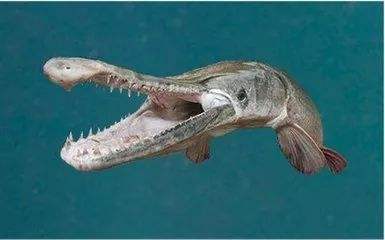
Atractosteus spatula
Alligator gar, ghost rocket, lucky crocodile, giant gar, malleus gar, crocodile rocket
The alligator gar is named for its short snout like an alligator and two row···
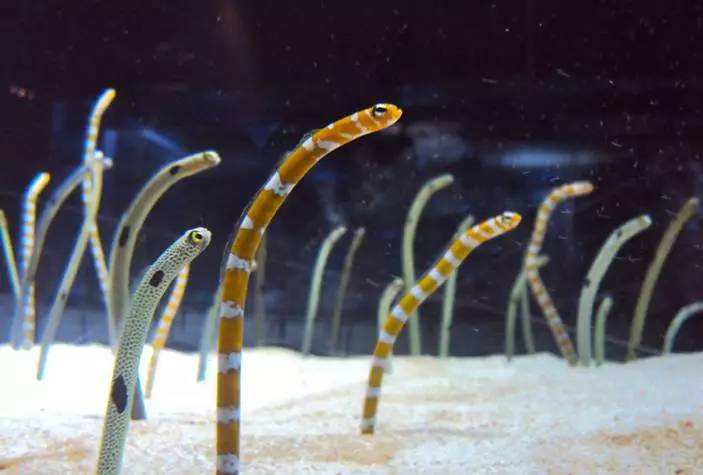
Heteroconger hassi
Garden Eel,Heteroconger eel
Heteroconger eels live in groups of hundreds (sometimes thousands) of indivi···
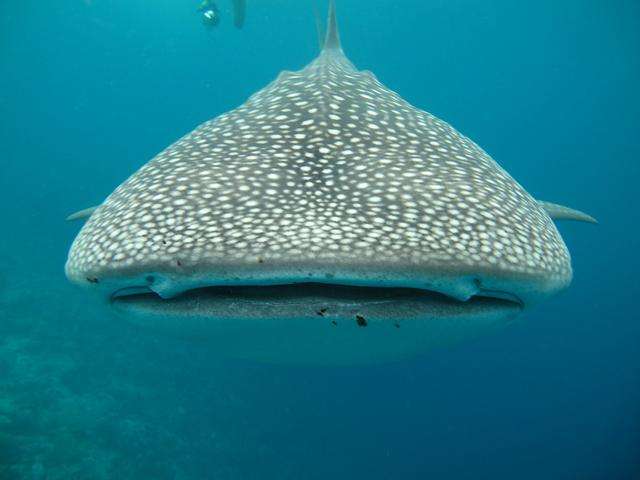
Whale shark
Rhincodon typus
The whale shark is the largest shark and the largest fish. It is named whale···
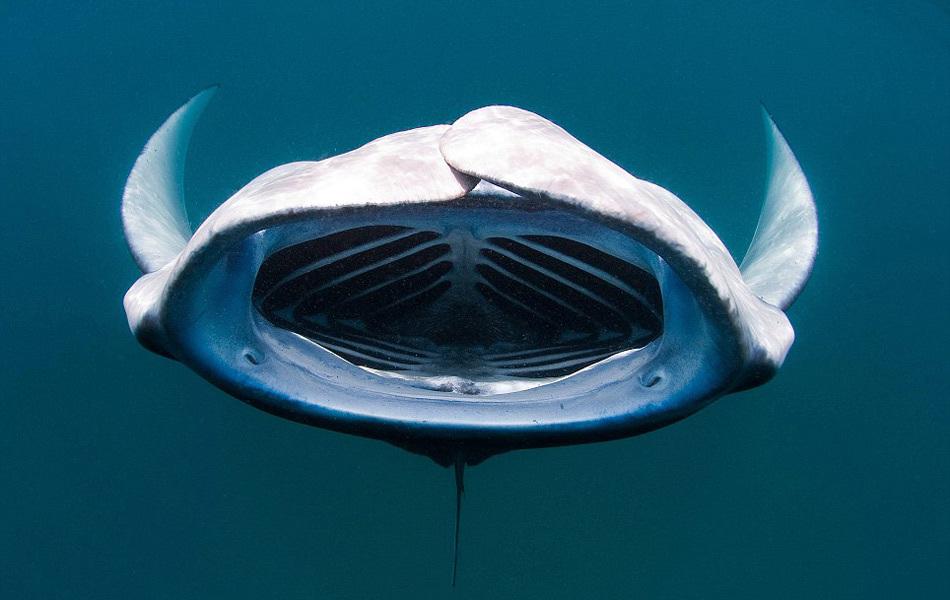
Manta alfredi
Manta ray, coral reef manta ray, devil ray, flying bream, eagle bream
The appearance of the Aversonis manta ray is very similar to that of the bir···
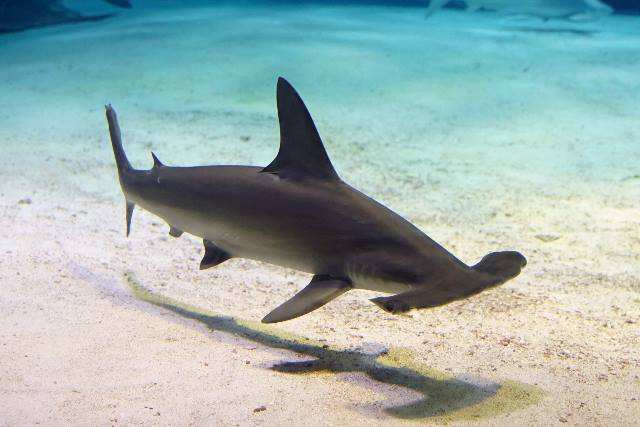
Sphyrna lewini
Scalloped hammerhead shark, red hammerhead shark, scalloped shark, hammerhead shark, double-breasted shark
The eyes and nostrils of the scalloped hammerhead shark are located on the l···
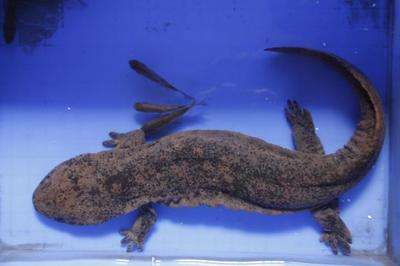
Andrias davidianus
Chinese giant salamander, Chinese baby fish, giant salamander
You may not know much about the Chinese giant salamander, but you must have ···
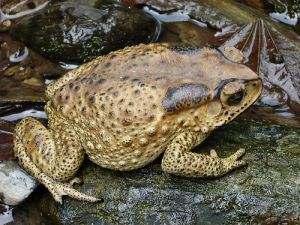
Duttaphrynus melanostictus
black-rimmed toad, toad, clam
In 2006, the phylogenetic study of amphibians readjusted the original genus ···
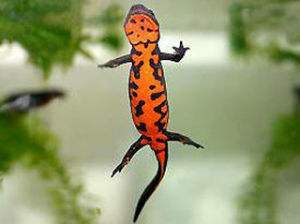
Cynops orientalis
Oriental Salamander, Chinese Fire Dragon, Brazilian Fire Dragon
The appearance of the Oriental Salamander is similar to that of the Blue-tai···
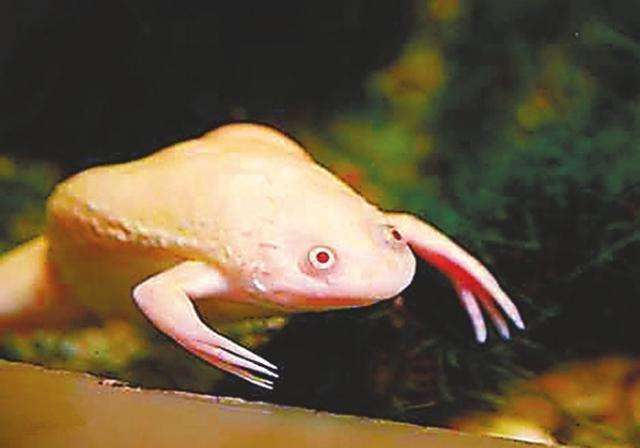
Xenopus laevis
African clawed frog, smooth clawed frog, African clawed frog
The African clawed frog is an aquatic frog in South Africa and an important ···
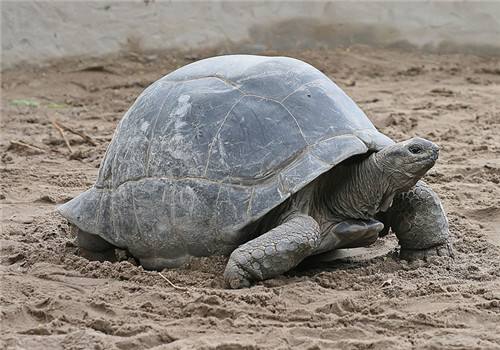
Aldabrachelys gigantea
Aldabra giant tortoise, Seychelles giant tortoise, Darding giant tortoise, Arnold's giant tortoise
This tortoise was discovered by humans more than 400 years ago. At that time···

Centrochelys sulcata
Sulcata tortoise, Sulcata tortoise, African spurred tortoise, spurred tortoise, hairy-clawed tortoise
The Sulcata tortoise is a tortoise reptile that lives on land. It originally···
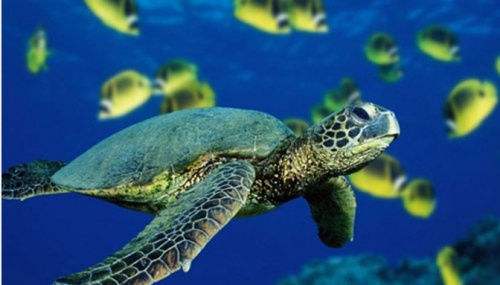
Chelonia mydas
green sea turtle,Green turtle, blue turtle, stone turtle, tsio̍h-ku,ku-piah,ku-phi̍ah
Turtles are one of the oldest animals on Earth. These creatures have existed···
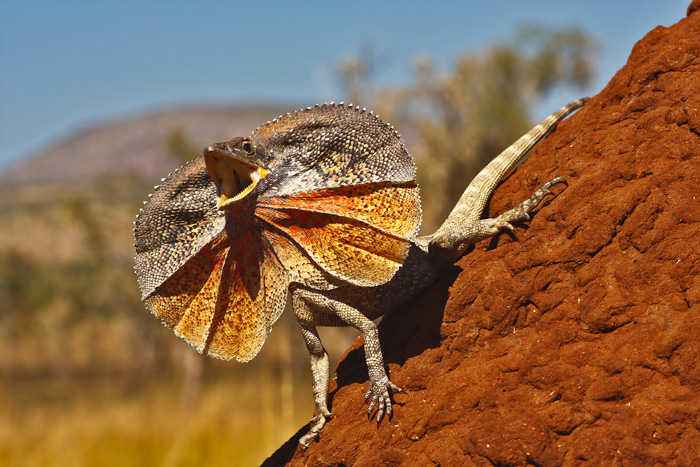
Chlamydosaurus kingii
Frilled lizard, cloaked lizard, frilled lizard, Australian cloaked lizard, pleated lizard, wrinkled lizard
伞蜥来自新几内亚南部和澳大利亚北部沿海地区,是一种知名度极高的中大型蜥蜴,在···
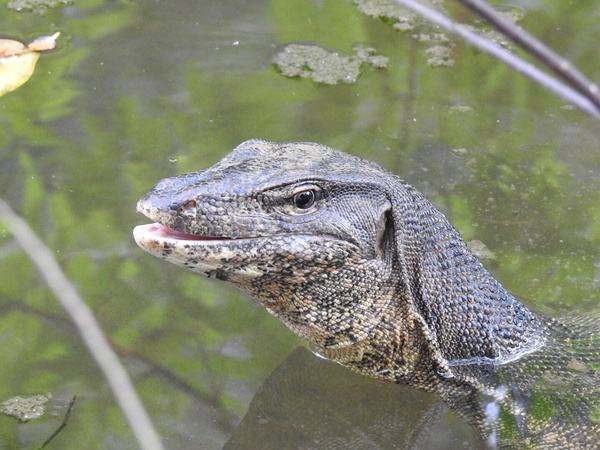
Varanus salvator
Water monitor, marsh monitor, five-clawed golden dragon, four-legged snake, round-nosed monitor
Speaking of the nickname of the water monitor lizard, everyone is familiar w···
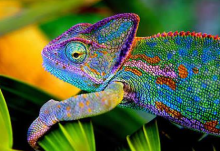
Chamaeleo calyptratus
Veiled chameleon
The veiled chameleon is native to Central Asia, such as Saudi Arabia and Yem···
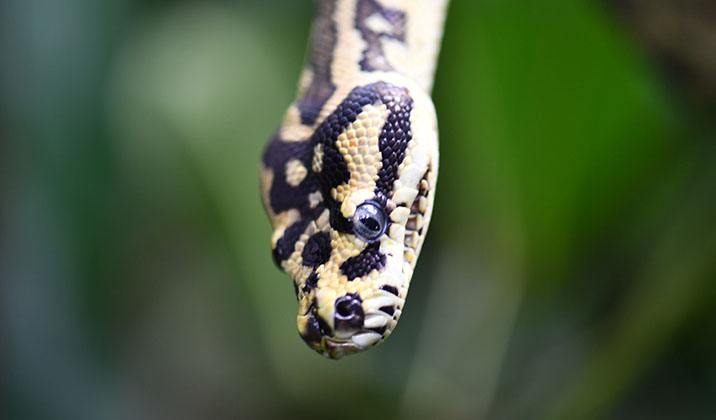
Morelia bredli
carpet python, felt python, central python
All pythons are non-venomous, and carpet pythons are no exception.Carpet pyt···
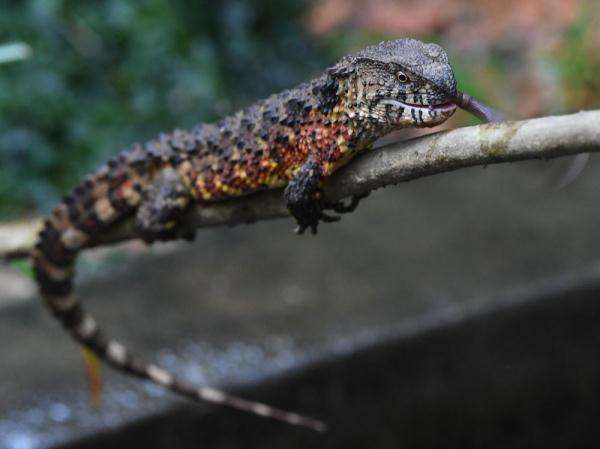
Shinisaurus crocodilurus
Crocodile lizard, water gecko, Yaoshan crocodile lizard, big sleeping snake, wood sleeping fish, drowned dog
Between 1928 and 1929, the biology department of Sun Yat-sen University went···
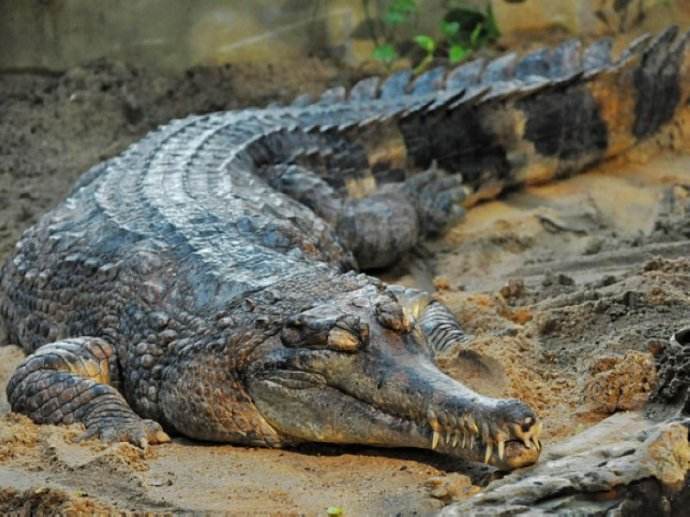
Tomistoma schlegelii
Malayan alligator, Malayan crocodile
The Malayan crocodile looks very similar to the Ganges crocodile (Gavialis g···
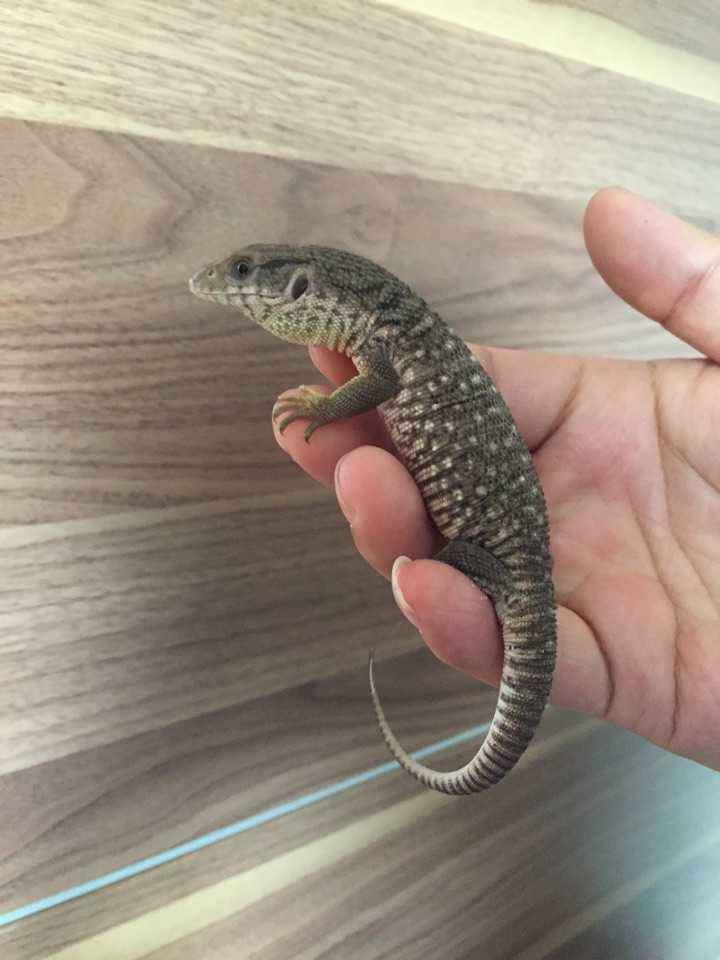
Varanus exanthematicus
Grassland monitor lizard, plains monitor lizard
The plain monitor lizard is docile and not too big; it rarely has problems w···
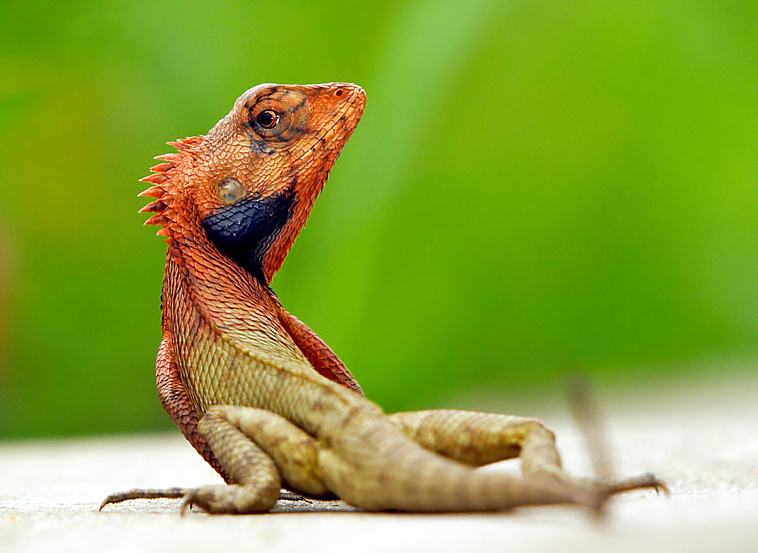
Calotes versicolor
Chameleon, horsehair snake, cockscomb snake, four-legged snake
Ancient folklore says that if you are bitten by a crested snake, you will de···

Emperor Penguin
Aptenodytes forsteri
Emperor penguins mainly live in the sea. They hunt, swim and play in the wat···
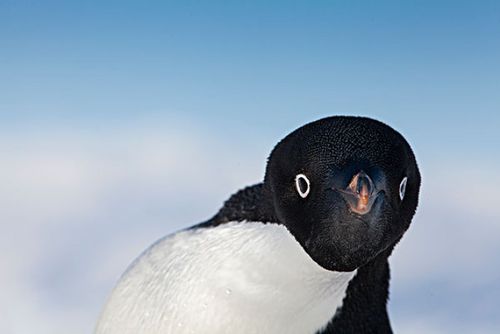
Adélie penguin
Pygoscelis adeliae
The legs of the Adélie penguin are light pink and the soles of the feet are···

Pygoscelis papua
White-browed penguin, Gentleman penguin, Gentleman penguin
The Gentoo penguin walks on land with a shaky gait, and its long tail swings···
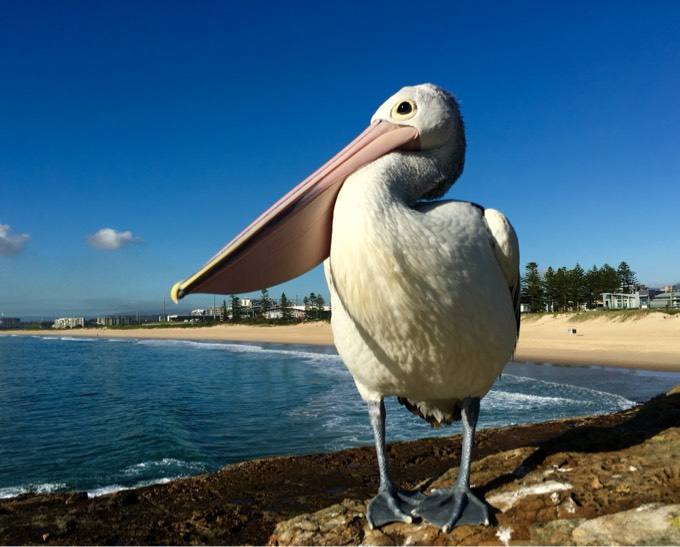
Pelecanidae
pelican, owl, taohe, gannet, bag goose, bag bird
Pelicans often live in groups in the wild. In addition to swimming, they spe···

Pygoscelis antarcticus
chinstrap penguin, Police officer penguin, Antarctic penguin, chinstrap penguin, whiskered penguin, chinstrap penguin
As penguins that look like police officers, they are also very courageous an···
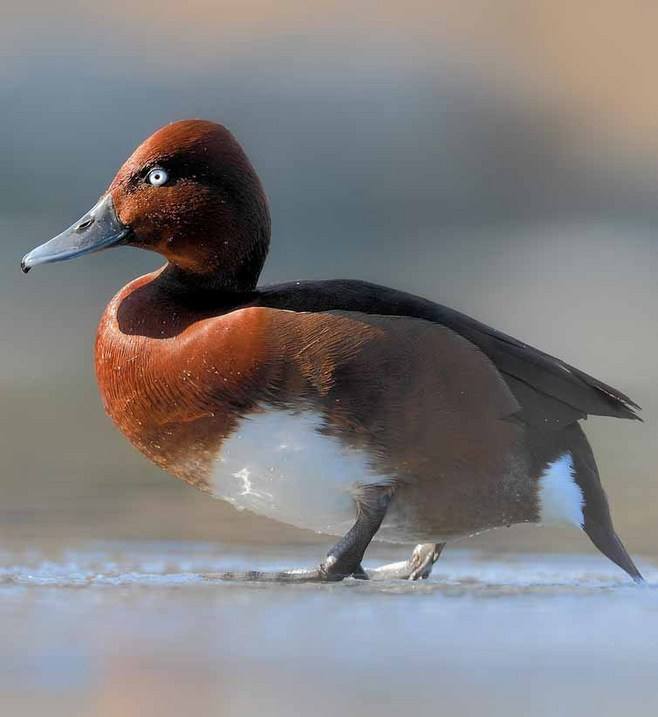
Aythya nyroca
Ferruginous Duck,White-eyed Pochard,Ferruginous Pochard
As a male white-eyed pochard, it is born with a pair of bean-sized white eye···
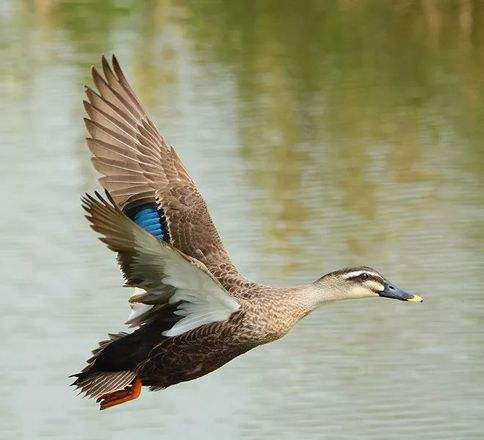
Anas zonorhyncha
Spot-billed duck, Valley duck, Yellow-billed duck, Fire duck, Chinese spot-billed duck, Chinese spot-billed duck, Oriental spot-billed duck,Anas zonorhyncha,Eastern Spot-billed Duck,Chinese Spot-bille
Spot-billed duck is also called valley duck, yellow-billed duck, and fire du···
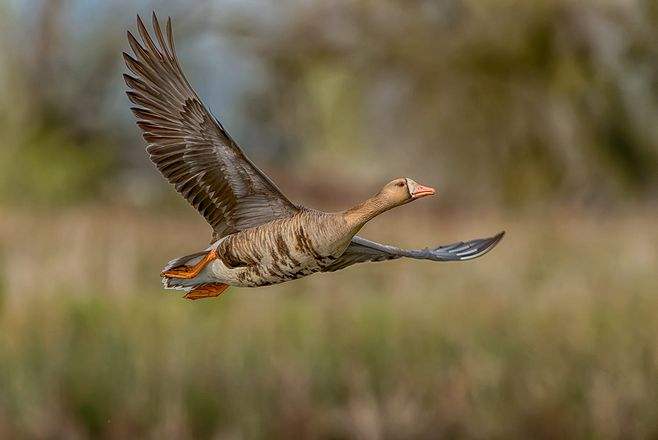
Anser albifrons
Wild goose, spotted goose, bright spotted goose,Greater White-fronted,Goose White-fronted Goose
You can often see flocks of wild geese flying freely in the sky, sometimes i···

Anser indicus
White-headed goose, Black-headed goose,Bar-headed Goose
Bar-headed geese - they are the highest flying birds in the world. At an alt···
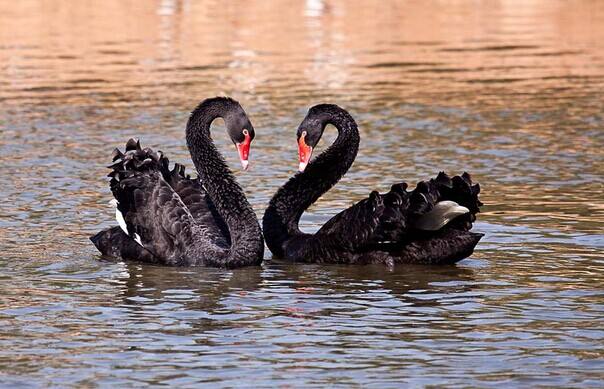
Cygnus atratus
Black Swan
In my country, swans are regarded as a symbol of beauty, auspiciousness, nob···
